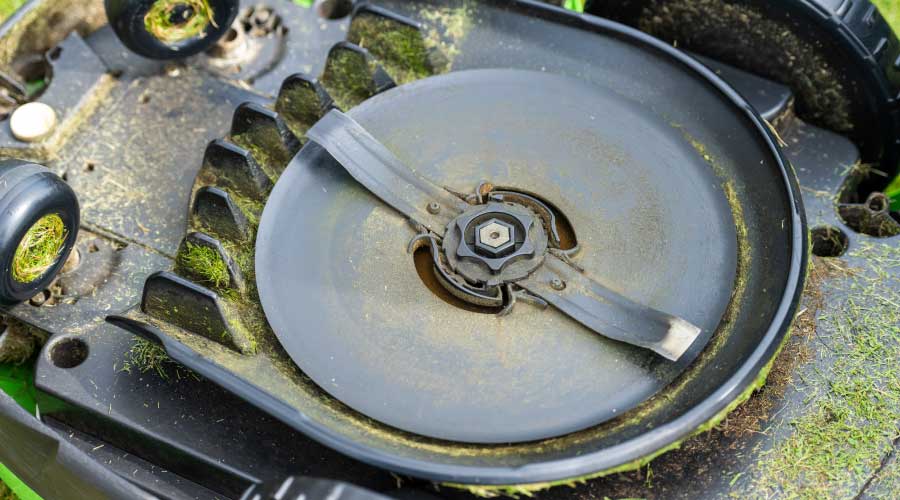Fleet Management: The GPS-Productivity Link
Part one of a three-part article on fleet management
Mark Cavinee faced more than a few fleet management challenges when he became director of maintenance services for the School District of Osceola County, Fla., two years ago.
State budget woes cut funding for new vehicles, meaning the department was hard-pressed to expand its aging fleet. The department’s approach to providing service from its two maintenance facilities created travel and efficiency issues. Beyond that, fuel costs were rising, enrollment was growing, and worker productivity presented deferred maintenance problems.
What a difference two years can make.
“When I started here two years ago, we had a backlog of about 8,000 work orders,” Cavinee says. “Now we have about 2,000 work orders open at any one time. There are just so many savings and processes that we’ve changed to improve things.”
By tapping into fleet-related data gathered by the department’s GPS system, Cavinee and his staff were able to reduce fuel use and cost, maximize their resources, and create a more productive staff.
“Less windshield time, 25,000 fewer gallons of fuel — you take that many miles off your fleet, it’s that much less windshield time,” he says. “That’s more work time. I would say a majority of the reduction in work orders is related to using the data from the GPS to reduce the amount of windshield time.”
Roadblocks and potholes
The district’s layout presents major fleet management challenges. Its 57 facilities — 49 school campuses and eight ancillary buildings on 1,786 acres — contain nearly 7.8 million square feet of space.
“The most remote facilities are approximately 60 miles apart from each other,” Cavinee says. “The farthest facilities are over 20 miles from our main maintenance facility, but with our county being the home of Walt Disney World, the traffic typically makes this trek take anywhere from 30-45 minutes.”
The department divided coverage equally between its two maintenance facilities — a main facility and an east facility — meaning it served one-half of the schools from each facility.
“When I got here two years ago, I started looking into how things were aligned,” Cavinee says. “I determined that there were nine or ten schools that workers were servicing from the east facility but traveling more miles to do that than they would to service them from the main facility.
“So we realigned. Because of where the east facility is located, it only services about one-third of our school district. So I reduced the staff there and brought them to the main facility. We now service two-thirds from our primary facility. This realignment created a significant fuel savings, as well as created less windshield time and gave staff the ability to spend more time focusing on the necessary maintenance.”
To travel to job sites, the department’s 118 workers use a fleet of 119 vans and trucks, the oldest of which is a 1989 half-ton pickup truck, to perform their daily maintenance activities. The department also has five specialty vehicles, including a bucket truck, crane truck, stake body truck, and box truck, as well as a grounds care fleet of two tractors and 11 zero-turn mowers.
Creating pressure on the fleet is a growing number of students and schools.
“In an average year, we grow by 1,000 students, which is basically a school,” he says. “We really don’t have an increase in manpower, and the fleet isn’t growing that much, so we’re maintaining the fleet we have. That’s our primary concern right now.”
To improve the department’s fleet maintenance process, Cavinee expanded his staff.
“I hired an in-house mechanic to help maintain the various equipment that we utilize in our department, as well as to provide oversight with our (truck and van) fleet to ensure repairs being requested were necessary and prudent,” he says. “With an aging fleet of approximately 23 vehicles over 20 years old, preventive maintenance is the key to keeping these vehicles road worthy.”
Related Topics:














